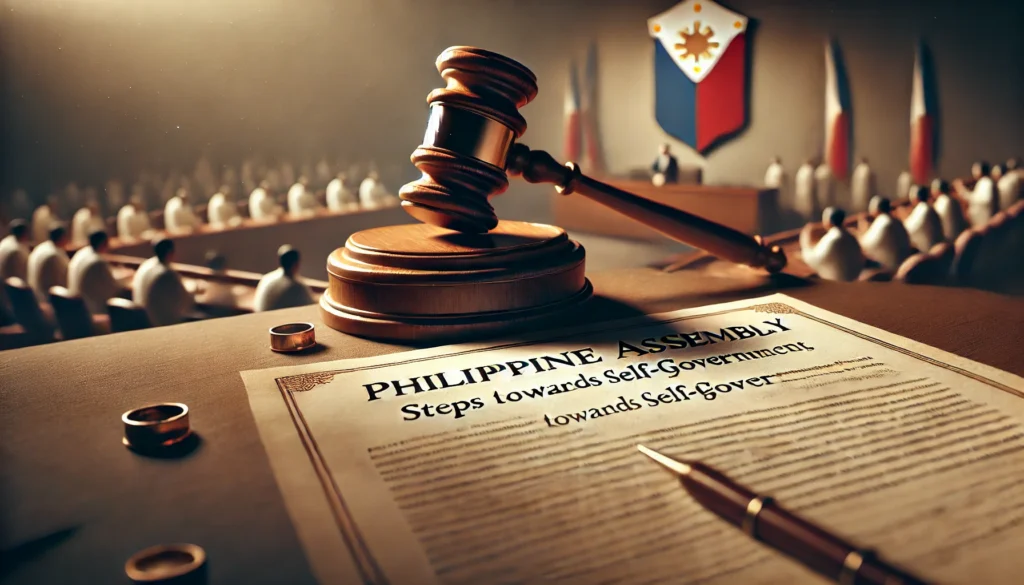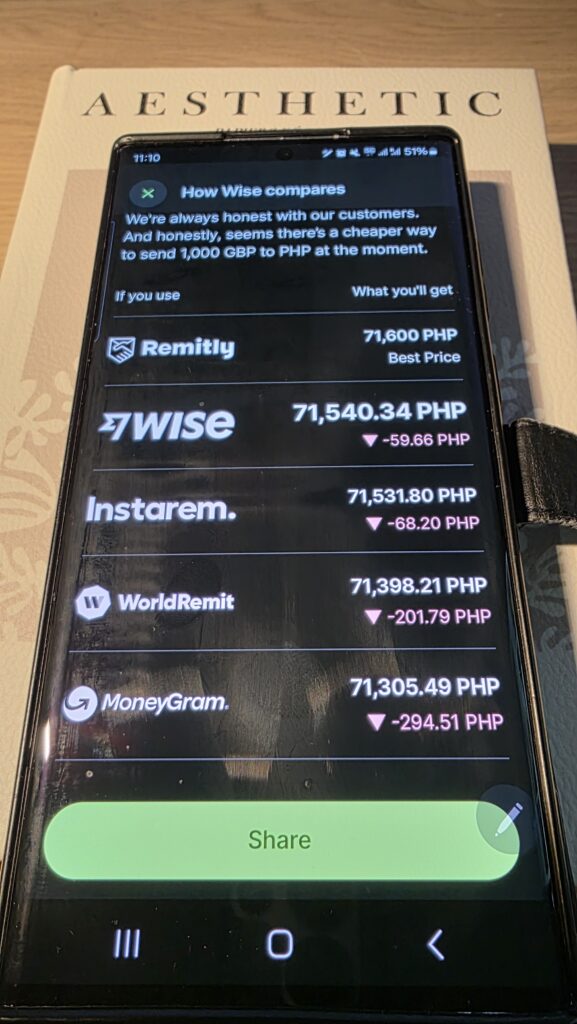The establishment of the Philippine Assembly marks a crucial milestone in the journey of the Philippines towards self-governance and independence. To fully appreciate the significance of this development, it is essential to understand the historical context in which it occurred. The late 19th and early 20th centuries saw the Philippines transition from Spanish colonial rule to American governance, a period fraught with conflict, negotiation, and gradual political evolution.
From Spanish to American Rule
The transfer of power from Spain to the United States was formalized through the Treaty of Paris in 1898, following the Spanish-American War. This transition, however, was not smooth, as it coincided with the Philippine fight for independence. The Philippine-American War, which lasted from 1899 to 1902, was a bloody conflict that set the stage for subsequent American colonial policies.
- 1898: Treaty of Paris signed, ceding the Philippines to the United States
- 1899-1902: Philippine-American War
- 1901: Establishment of civil government under American rule
The American approach to governing the Philippines was shaped by a combination of strategic interests, economic considerations, and the ideology of “benevolent assimilation” promoted by President William McKinley.
Early American Colonial Governance
The initial years of American rule saw the implementation of various governance structures aimed at maintaining control while ostensibly preparing the Philippines for eventual self-rule. Key developments during this period included:
- The establishment of the Philippine Commission in 1900
- The Philippine Organic Act of 1902
- The creation of provincial and municipal governments
These early structures laid the groundwork for more representative forms of government, culminating in the establishment of the Philippine Assembly.
The Philippine Organic Act of 1902
The Philippine Organic Act of 1902, also known as the Cooper Act, played a pivotal role in shaping the political landscape that would eventually lead to the creation of the Philippine Assembly. This act, passed by the United States Congress, served as a constitution for the Philippines under American rule.
Key Provisions of the Organic Act
The Act included several important provisions that set the stage for increased Filipino participation in governance:
- Establishment of a bicameral legislature (Philippine Commission and future Philippine Assembly)
- Promise of individual rights and civil liberties
- Framework for local governments
- Provision for a future “general election of delegates to a popular assembly”
Conditions for the Assembly’s Creation
Crucially, the Act stipulated that the Philippine Assembly would be established two years after the completion of the census and the cessation of insurrection. This condition was met in 1907, paving the way for the historic first elections of the Philippine Assembly.
The Road to the First Elections
The path to the first elections of the Philippine Assembly was marked by various political, social, and administrative developments that shaped the nature of Filipino participation in governance.
Census and Pacification
As stipulated by the Organic Act, two key conditions had to be met before elections could be held:
- Completion of a general census of the Philippines
- Pacification of the islands and cessation of insurrection
The census was completed in 1905, and by 1907, the American authorities deemed the islands sufficiently pacified to proceed with elections.
Political Parties and Movements
In anticipation of the elections, various political parties and movements emerged, reflecting the diverse aspirations and ideologies of the Filipino political elite:
- Partido Federalista: Advocated for U.S. statehood
- Partido Nacionalista: Pushed for immediate independence
- Partido Progresista: Sought gradual autonomy leading to independence
These parties played crucial roles in shaping the political discourse and mobilizing voters for the upcoming elections.
Electoral Preparations
The preparations for the first elections involved extensive administrative and logistical efforts:
- Establishment of electoral districts
- Voter registration processes
- Campaigning regulations
- Training of election officials
These preparations set the stage for a historic moment in Philippine political history.
The First Elections and Composition of the Assembly
The first elections for the Philippine Assembly were held on July 30, 1907, marking a significant step towards Filipino participation in national governance. These elections were a watershed moment, reflecting both the aspirations of the Filipino people and the constraints of the American colonial system.
Election Results and Representation
The elections resulted in the selection of 80 delegates to the Assembly:
| Party | Seats Won |
|---|---|
| Nacionalista Party | 59 |
| Progresista Party | 16 |
| Independents | 5 |
The dominance of the Nacionalista Party, which advocated for Philippine independence, reflected the strong nationalist sentiments among the electorate.
Notable Elected Officials
Several prominent Filipino leaders were elected to the Assembly, including:
- Sergio Osmeña: Elected Speaker of the Assembly
- Manuel L. Quezon: Became the majority floor leader
- Isauro Gabaldon: Authored significant legislation on education
These leaders would go on to play crucial roles in shaping Philippine politics in the decades to come.
Limitations and Exclusions
While the elections were a significant step forward, it’s important to note the limitations:
- Restricted suffrage (only about 1.5% of the population could vote)
- Exclusion of women from voting
- Continued American oversight and veto power
These limitations reflected the colonial nature of the governance structure, despite its representative elements.
Structure and Powers of the Philippine Assembly
The Philippine Assembly formed the lower house of a bicameral legislature, with the Philippine Commission serving as the upper house. This structure was designed to balance Filipino representation with continued American control.
Organizational Structure
The Assembly was organized along lines similar to the U.S. House of Representatives:
- Speaker of the Assembly (presiding officer)
- Majority and Minority Leaders
- Various committees dealing with specific policy areas
Legislative Powers and Limitations
The Assembly had the power to:
- Initiate and pass legislation
- Participate in budget deliberations
- Conduct investigations in aid of legislation
- Represent constituent interests
However, these powers were subject to significant limitations:
- All legislation required approval from the Philippine Commission
- The U.S. Governor-General held veto power
- Certain areas of policy remained under direct American control
Relationship with the Philippine Commission
The interaction between the Assembly and the Commission was a key feature of this period:
- Joint sessions for certain matters
- Negotiations and compromises on legislation
- Gradual increase in Filipino membership in the Commission
This dual structure created a complex political environment, blending elements of colonial control with nascent self-governance.
Key Legislation and Policy Initiatives
The Philippine Assembly, despite its limitations, was instrumental in passing significant legislation that shaped the social, economic, and political landscape of the Philippines during the American colonial period.
Education and Cultural Initiatives
Education was a major focus of the Assembly’s legislative efforts:
- Gabaldon Act of 1907: Provided funds for constructing public schools
- Act No. 1870 (1908): Established the University of the Philippines
- Promotion of Filipino language and literature
These initiatives reflected the Assembly’s commitment to expanding educational opportunities and preserving Filipino culture.
Economic and Infrastructure Development
The Assembly also focused on economic development and infrastructure:
- Rural Credit Law (1915): Established agricultural loan associations
- Public Works Act (1910): Funded major infrastructure projects
- Creation of the Philippine National Bank (1916)
These laws aimed to stimulate economic growth and improve the country’s infrastructure.
Political and Administrative Reforms
Several key political and administrative reforms were enacted:
- Local government reforms
- Civil service improvements
- Judiciary reorganization
These measures aimed to strengthen Filipino institutions and increase efficiency in governance.
Impact and Legacy of the Philippine Assembly
The establishment and operation of the Philippine Assembly had far-reaching consequences for Philippine politics, society, and the path to independence.
Political Development and Leadership
The Assembly served as a training ground for Filipino political leaders:
- Many future national leaders gained experience in the Assembly
- Development of parliamentary procedures and political traditions
- Emergence of a more sophisticated political party system
This experience was crucial in preparing Filipinos for eventual self-rule.
Nationalism and the Independence Movement
The Assembly became a platform for advancing the cause of Philippine independence:
- Passage of resolutions calling for independence
- Lobbying efforts directed at the U.S. Congress
- Cultivation of nationalist sentiment among the public
These efforts contributed to the gradual shift in American policy towards granting independence to the Philippines.
Socio-Economic Changes
The Assembly’s legislative initiatives led to significant socio-economic changes:
- Expansion of public education
- Modernization of infrastructure
- Development of a more diversified economy
These changes laid the groundwork for the Philippines’ post-independence development.
Challenges and Criticisms
While the Philippine Assembly represented a significant step towards self-governance, it was not without its challenges and criticisms.
Limited Representation
One of the main criticisms was the limited nature of representation:
- Restricted suffrage based on property and literacy
- Exclusion of women and certain minority groups
- Overrepresentation of elite interests
These limitations raised questions about the true extent of democratic representation in the Assembly.
Colonial Constraints
The Assembly operated within a colonial framework, which imposed significant constraints:
- Ultimate authority rested with American officials
- Certain policy areas remained off-limits to the Assembly
- Economic policies often favored American interests
These constraints led to frustrations among Filipino politicians and the public.
Political Factionalism
The Assembly also faced challenges related to internal political dynamics:
- Intense rivalry between political factions
- Allegations of corruption and patronage
- Difficulty in building consensus on key issues
These internal challenges sometimes hampered the Assembly’s effectiveness in advocating for Filipino interests.
Evolution and Transition to Independence
The Philippine Assembly was not a static institution but evolved over time, reflecting changing political realities and the gradual movement towards Philippine independence.
Jones Law of 1916
A significant development was the passage of the Jones Law in 1916, which:
- Replaced the Philippine Commission with an elected Senate
- Expanded the powers of the Philippine legislature
- Included a preamble promising eventual independence
This law marked a significant step towards greater Filipino control over domestic affairs.
Gradual Filipinization
Over time, there was a gradual increase in Filipino participation in governance:
- Appointment of Filipinos to high-ranking positions
- Expansion of the electorate
- Greater autonomy in certain policy areas
This process of Filipinization prepared the ground for eventual independence.
Transition to Commonwealth
The Tydings-McDuffie Act of 1934 set the stage for the transition to Commonwealth status:
- Provided for independence after a ten-year transition period
- Established a new constitution and fully elected legislature
- Created the position of President of the Commonwealth
This transition marked the culmination of the political evolution that began with the Philippine Assembly.
Comparative Perspective
To fully appreciate the significance of the Philippine Assembly, it’s useful to compare it with similar institutions in other colonial contexts.
Comparison with Other Colonial Legislatures
| Country | Institution | Year Established | Key Features |
|---|---|---|---|
| Philippines | Philippine Assembly | 1907 | Elected lower house, limited powers |
| India | Imperial Legislative Council | 1861 | Advisory body, limited Indian representation |
| Nigeria | Nigerian Legislative Council | 1922 | Limited elected representation, advisory role |
The Philippine Assembly, while still operating within colonial constraints, offered more substantial Filipino participation compared to many contemporary colonial legislatures.
Global Context of Decolonization
The establishment and evolution of the Philippine Assembly occurred against the backdrop of global changes in colonial relationships:
- Growing nationalist movements in various colonies
- Shifts in international opinion regarding colonialism
- Economic and geopolitical changes affecting colonial powers
These global trends influenced both American policy and Filipino aspirations for self-governance.
Conclusion: The Philippine Assembly’s Place in History
The establishment of the Philippine Assembly represents a crucial chapter in the Philippines’ journey towards independence and democratic governance. While operating within the constraints of American colonial rule, the Assembly provided invaluable experience in self-governance, fostered the development of Filipino political leadership, and served as a platform for advancing the cause of independence.
The legacy of the Philippine Assembly continues to influence Philippine politics and institutions to this day. Its successes and limitations offer important lessons for understanding the complexities of political development in post-colonial contexts. As the Philippines continues to navigate the challenges of democratic governance in the 21st century, the history of the Philippine Assembly remains relevant, providing both inspiration and cautionary tales for contemporary political leaders and citizens alike.
Disclaimer: This article aims to provide an accurate and comprehensive overview of the Establishment of the Philippine Assembly based on historical research and scholarly interpretations up to 2023. However, historical understanding is continually evolving. Readers are encouraged to report any inaccuracies or new information for prompt review and correction. The complexity of this topic means that differing interpretations may exist among historians and scholars.




